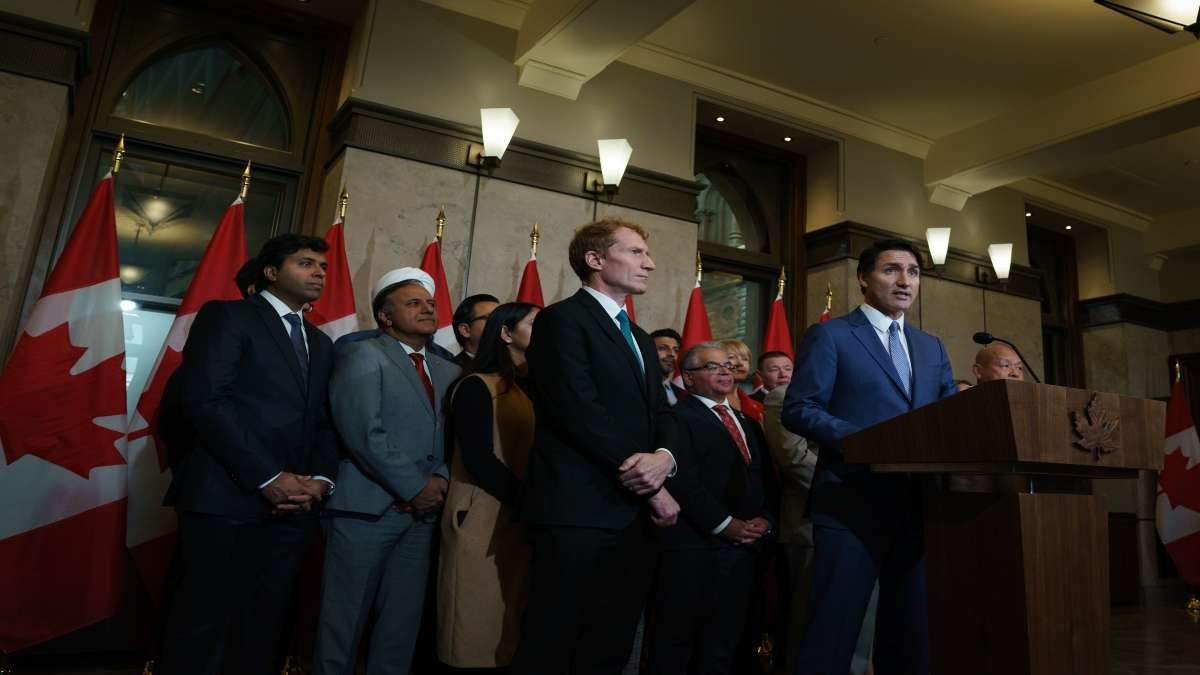
International: Canadian Prime Minister Justin Trudeau on Thursday (October 25) announced the government’s plan to reduce immigration targets in the short term to achieve well-managed, sustainable growth in the long term. He stated that the newly introduced 2025–2027 Immigration Levels Plan includes controlled targets for temporary residents, specifically international students and foreign workers, as well as for permanent residents, for two years only, to allow the Canadian economy to catch up.
"Immigration is central to the story of Canada. Our decision to temporarily reduce the number of immigrants is a pragmatic one that addresses the needs of our economy right now," the Canadian Prime Minister said.
"We have to get the system working right for all Canadians," he added.
Notably, under the Immigration Levels Plan, the government announced reducing permanent resident targets for the first time. Marc Miller, Minister of Immigration, Refugees, and Citizenship, stated, "Compared to last year’s plan, we are reducing PRs to: 395,000 in 2025, 380,000 in 2026, and 365,000 in 2027."
Additionally, he announced that the Levels Plan supports efforts to limit the temporary resident volume to 5% of Canada’s population by the end of 2026. "Specifically, compared to each previous year, we will see Canada’s temporary population decline by 445,901 in 2025 and 445,662 in 2026, followed by a modest increase of 17,439 in 2027," Minister Miller remarked.
"These reductions result from a series of changes over the past year, including a cap on international students and tightened eligibility requirements for temporary foreign workers, implemented to decrease volumes and strengthen the integrity and quality of our temporary resident programs," he added.
Moreover, it is pertinent to note that a government document released regarding the Immigration plan also highlighted other measures. It reads, "Transitioning more temporary residents who are already in Canada as students and workers to permanent residents, focusing on long-term economic growth and key labor market sectors, such as health and trades, and strengthening Francophone communities outside Quebec to support their economic prosperity."
"Of the overall permanent resident admission targets, Francophone immigration will represent 8.5% in 2025, 9.5% in 2026, and 10% in 2027," the document stated.
--Advertisement--

 Desk
Desk Share
Share






